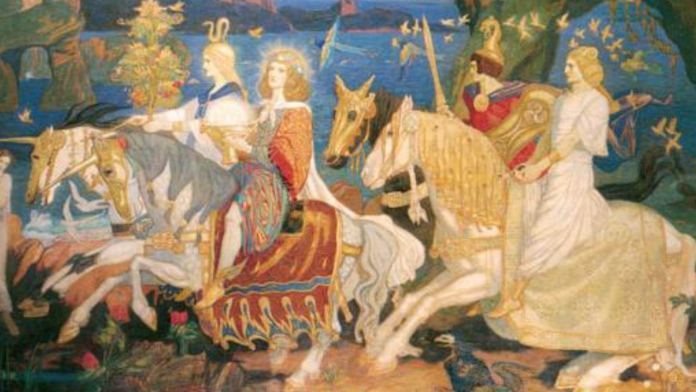Baron Longford Baron Annaly - Feudal Barons


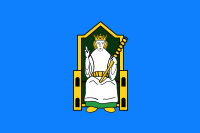
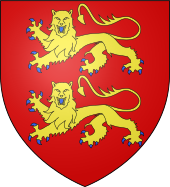
Kingdom of Meath - Westmeath, Annaly and Longford County - Ancient Kingdoms The Administrative County of Longford was part of various Kingdoms over the last 2000 years. The name Longford is an Anglicization of the Irish Longphort , from long (meaning "ship") and port (meaning "port" or "dock"). This name was applied to many Irish settlements of Viking origin and eventually came to mean fort or camp in the Irish language, and so Longfort the modern Irish spelling, is the name of this town, which was one of the only Gaelic Irish market towns to arise without first being founded by Vikings or Normans. Following
the Norman invasion of
Ireland, in 1172 the kingdom of Meath was awarded
to Hugh de
Lacy as the Lordship of
Meath by Henry II of
England in his capacity as Lord of
Ireland. The territory corresponding to County Longford was a frontier colony of the Kingdom of Meath in the first millennium. Between the fifth and twelfth centuries the Longford territory was called the kingdom of Tethbae By an act of the 34th of Henry VIII, the ancient palatinate of Meath was divided. The Eastern portion of Meath retained its former name and the western being called Westmeath. County Longford was a portion of the WestMeath but cut out into a distinct county by Queen Elizabeth in 1586. The Feudal Lords of WestMeath controlled much of the region both before and after the separation. The Counties of Meath and Westmeath Act ( Henry VIII 34 ) of 1542, proclaimed Westmeath (which then included Longford which separated in 1586) a county, separating it from Meath. https://www.libraryireland.com/topog/W/Westmeath.php Longford, whose early name was Annaly or Anghaile, or Anale, was a principality of the Chiefs/O’Farrells and was originally part of County Meath. In the 12th century it was granted by Henry II to Hugh de Lacy, who started an English colony there. On the division of Meath into two counties in 1543, Annaly was included in Westmeath. By 1569 Annaly was a shire under the name of Longford. Area 421 square miles (1,091 square km). Pop. (2002) 31,068; (2011) 39,000. With an area of 1,091 km2 (421 sq mi) and a population of 40,810, Longford is the fourth smallest of the 32 counties in area and second smallest in terms of population.[1] It is also the fourth smallest of Leinster’s 12 counties by size and smallest by population. It borders counties Cavan to the northeast, Westmeath to the east and southeast, Roscommon to the west and southwest and Leitrim to the northwest. Barony of Longford - Longford barony derives its name from the town of Longford (from Irish Longphort Uí Fhearghail, "O'Fergal's riverside camp".[1] https://en.wikipedia.org/wiki/Longford_(County_Longford_barony) Anciently Longford barony was part of a territory known as Cairpre Gabra (northern Tethbae), and later Muinter Anghaile (Annaly). The present barony is formed from the territory of Moytra (Clongesh and part of Templemichael parishes), and the territory of Clan Hugh (in Killoe parish). Carn Clonhugh was a ritual centre for the Clan Hugh (Clann Aoidh).[2]
Anghaile or ** Annaly," which was formed out of the ancient territory of Teffia, comprised the whole of the County Longford, and was the principality of OFarrell. His chief residence was the town of << Longford," anciently called Longphort-Ui-Fhearghail or the Fortress of 0*£arrelL This territory was divided into Upper and Lower Annaly: the former comprising that part of Longford south of Granard, and a part of the County Westmeath, was possessed by O'Farrell Buidhe (or OTarrell the Yellow) ; the latter, or that portion north of Granard, was possessed by O'Farrell Ban (or O'Farrell the Fair). The success of the Anglo-Norman arms in Ireland was more immediately felt by the native princes and chiefs inhabiting the districts adjoining Dublin. In 1172 Henry the Second despoiled Murchard O’Melaghlin of his kingdom of Meath, and granted it to Hugh De Lacy, who was appointed Lord Palatinate of the territory. De Lacy divided it among his various chiefs, who were commonly called “De Lacy's Barons
Longford-Westmeath Grants to Lord Delvin or Lord Westmeath Do. OXIII.— " Grant from the King to Sir Richard, Lord Delvin.— Longford County. Licence to hold a Thursday market and a fair on the 1st of August, and two days at Longford, with the usual courts and fees ; rent, 6s. 8d., English. — 7 Dec. 3rd." 1552- Grant to Nugent - Friars of the Order of St. Dominick Longford County Domincan Convent - THE Convent of Longford was founded in the year 1400, for Dominicans, by O'Ferrall, Prince of Annaly. # This house had been celebrated for the number of its learned men, three of whom, Connor, Diarmed and Henry Duffe M“Fechehan, became victims to the general plague which raged throughout Ireland in 1448.
St Brigid’s Priory was dissolved and was the first property in Longford to be the subject of a crown grant when in 1556–7 it was given to Richard Nugent, Baron of Delvin.
Westmeath Ancient Boundaries with only Baron Delvin.
|
Lords Paramount Ireland About Longford Market & Fair Chief Captain Kings Forces Lord of the Pale Commissioners of the Peace Tenures Abolition Act 1662 - Rights to Sit in Parliament Law of Ireland Chief and Captainship of The Annaly List of Townlands of Longford Annaly The Seigneur English Pale Chief of the Annaly Lord of St. Brigit's Longford Abbey Est. 1578 Kings of Hy Niall Colmanians Seneschal of Meath Court Barons News Irish Kingdoms Lordships of Granard Fishing & Dams Rights Rights of Lords & Barons Datuk Seri Baliwick of Ennerdale Moneylagen Feudal Barons Styles and Dignities Lord Baron Longford Baron de Delvyn Longford Map Lord Baron of Delvin Baron of Temple-Michael Baron of Annaly Kingdom Annaly Lord Conmaicne Baron Annaly Order of Saint Patrick Baron Lerha Granard Baron AbbeyLara Baronies of Longford Princes of Conmhaícne Angaile or Muintir Angaile Baron Lisnanagh or Lissaghanedan Baron Moyashel Moiety of Ardagh Baron Rathline Abbeys of Longford Grants to Delvin Baron Inchcleraun HOLY ISLAND Quaker Island Longoford CO Abbey of All Saints Hereditaments Kingdom of Uí Maine Baron Dungannon Baron Monilagan - Babington Lord Liserdawle Castle Baron Columbkille Kingdom of Breifne or Breny Baron Kilthorne Baron Granarde Count of Killasonna Baron Skryne Baron Cairbre-Gabhra AbbeyShrule Fiefs of the Islands Feudal Westmeath The Island Lords Fief Worship Channel Island History Fief Blondel Fief Blondel Merchandise Events Blondel and King Richard Fief Coin Feudal Guernsey Titles The Feudal System Flag & Arms Castle Site Map Disclaimer Blondel Myth Dictionary Honorable Colonel Mentz Order of St. Columba
Feudal Baron of Longford Annaly - Baron Longford Delvin Lord Baron &
Freiherr of Longford Annaly Feudal Barony Principality Count Kingdom of Meath - Feudal Lord of the Fief
Blondel of the Nordic Channel Islands Guernsey Est. 1179 George Mentz
Bio -
George Mentz Noble Title -
George Mentz Ambassador - Order of the Genet
Knighthood Feudalherr - Fief Blondel von der Nordischen
Insel Guernsey Est. 1179 * New York Gazette ®
- Magazine of Wall Street - George
Mentz - George
Mentz - Aspen Commission - Ennerdale - Stoborough - ESG
Commission - Ethnic Lives Matter
- Chartered Financial Manager -
George Mentz
Economist -
George Mentz Ambassador -
George Mentz - George Mentz Celebrity -
George Mentz Speaker - George Mentz Audio Books - George Mentz Courses - George Mentz Celebrity Speaker Wealth
Management -
Counselor George Mentz Esq. - Seigneur Feif Blondel - Lord Baron
Longford Annaly Westmeath
www.BaronLongford.com * www.FiefBlondel.com |
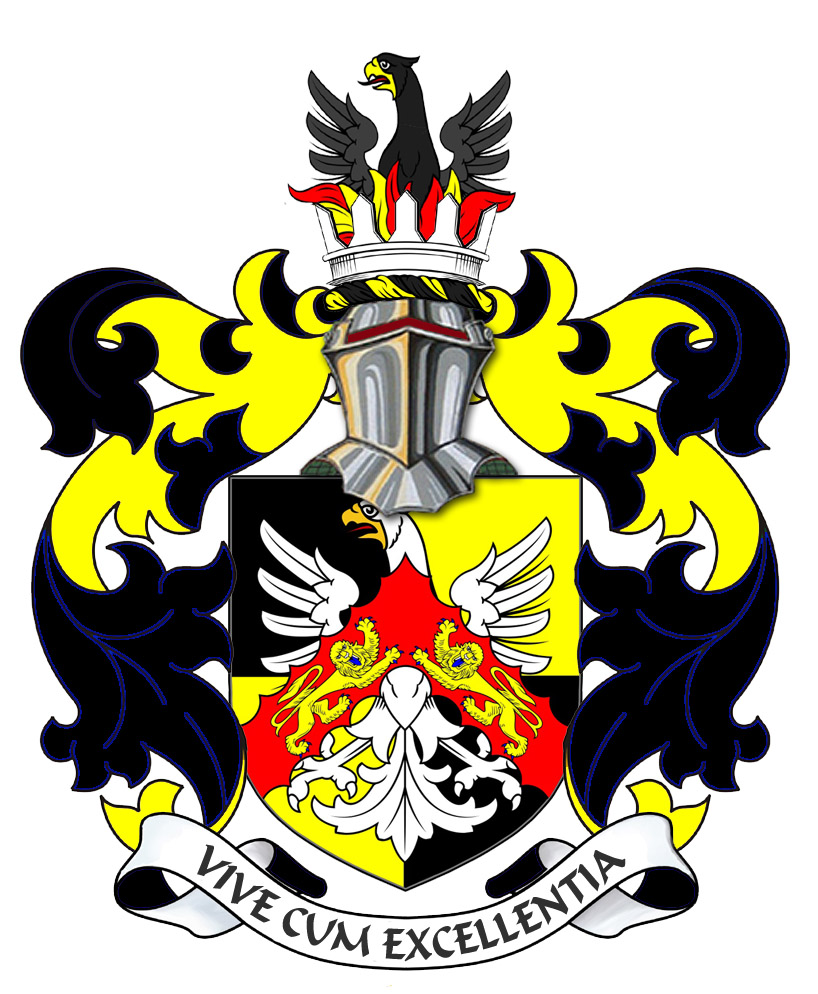

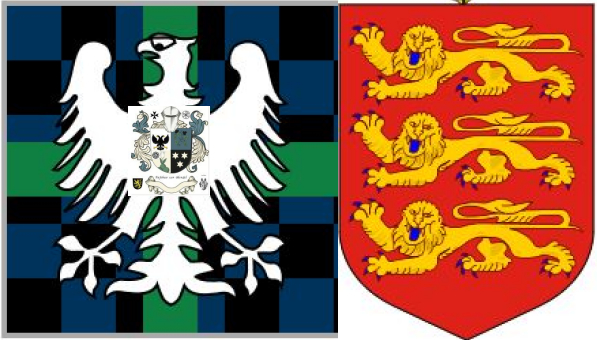

Commissioner George Mentz - George
Mentz Law Professor - George
Mentz Economist
George Mentz News -
George Mentz Illuminati Historian -
George Mentz Net Worth
The Globe and Mail George Mentz
Get Certifications in Finance and Banking to Have Career Growth | AP News
